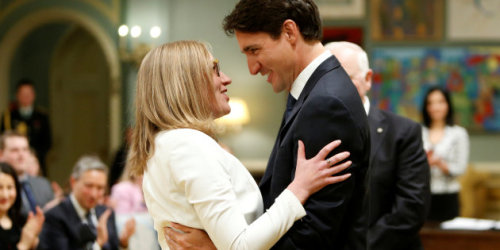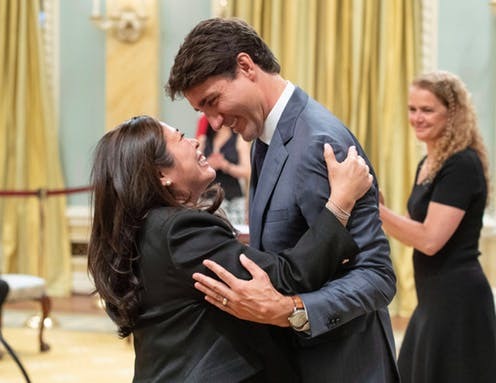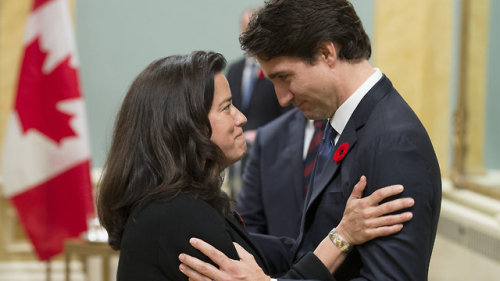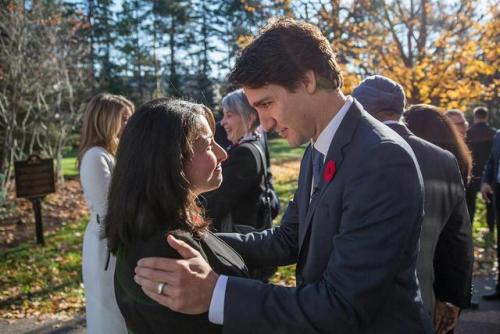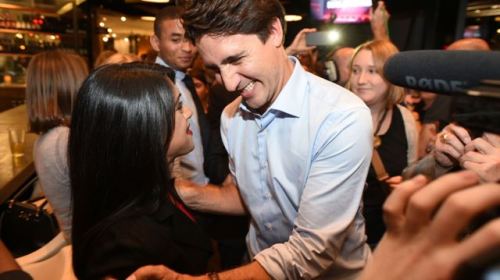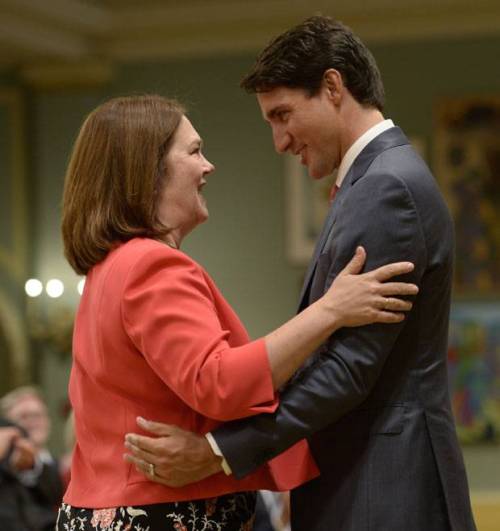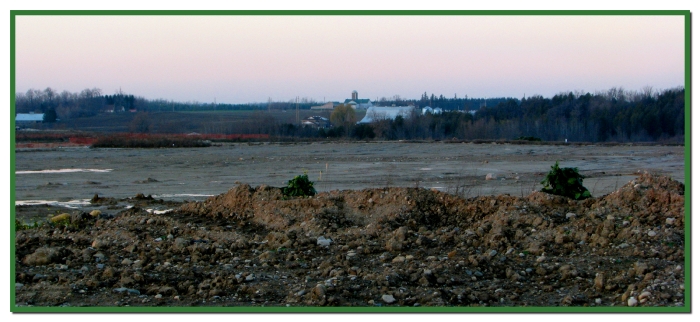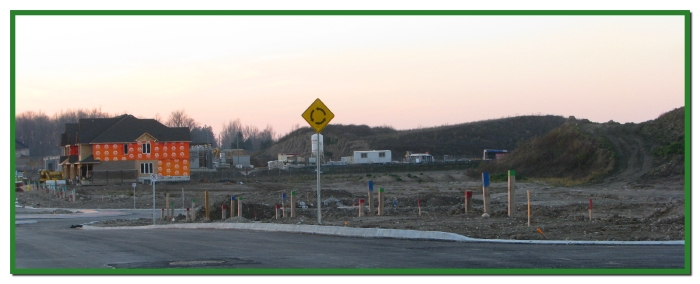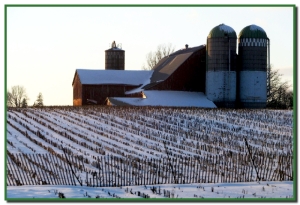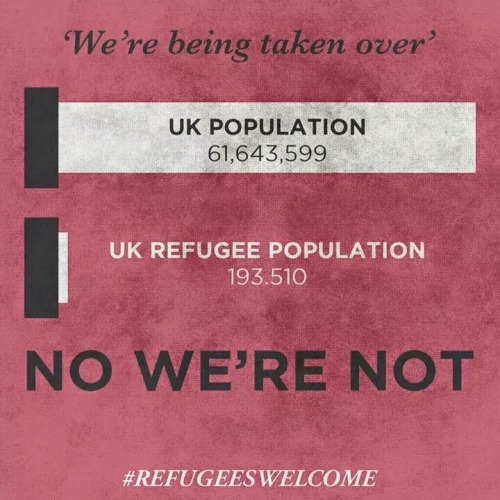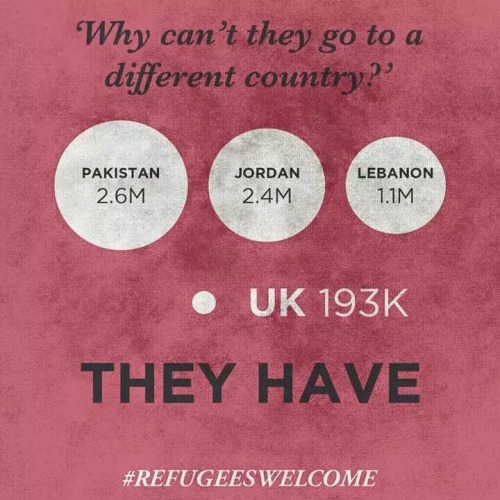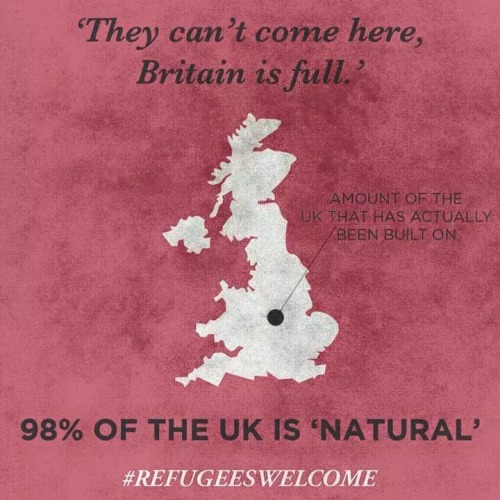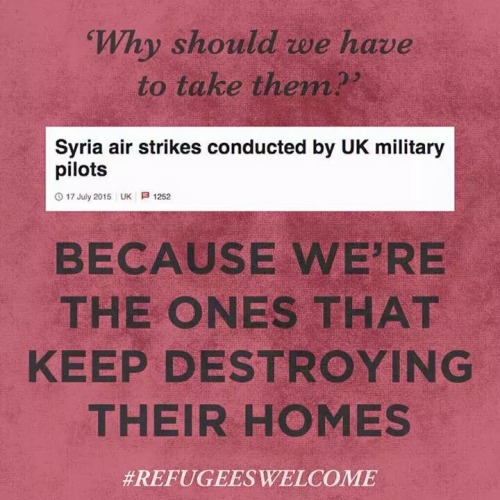mirrored from @procedurepols‘ former Thought Undermined website.
Originally published April 24th, 2014; Charts updated with 2015-17 economic data

(If you are looking for information about federal transfers to a certain province, or federal expenditures vs revenues in the provinces, please go to either this post for information about all federal transfers to all the provinces, and this post for a closer look at federal revenues and expenditures by province. For some reason, Google always directs people to this post only, which doesn’t really address those issues in detail.)
Equalization is the Government of Canada’s transfer program for addressing fiscal disparities among provinces. Equalization payments enable the recipient provinces to provide their residents with public services that are reasonably comparable to the national standard, at reasonably comparable levels of taxation. Not every province receives equalization transfers. Six provinces will receive equalization payments in 2016-17: Prince Edward Island, Nova Scotia, New Brunswick, Quebec, Ontario and Manitoba. The provinces that don’t receive equalization are frequently referred to as the “have” provinces and those that do receive money under this program as the “have-not” provinces, which is unfortunate and not an accurate representation of the actual state of affairs. There are also a number of misconceptions about the equalization program. Here I will address some of the most common.
1. Alberta pays for equalization
One of the common misconceptions is that equalization is entirely paid for by the so-called “have provinces”, notably Alberta. The keyword search activity on this blog regularly shows people searching for things such as “how much does each province pay for equalization”, “how much does province X contribute to equalization”, “province Y receives equalization money from province Z”, etc. It isn’t uncommon to see comments on blogs or online media stories calling for Alberta to “pull out” the equalization program, or about how other provinces are spending the money they get from Alberta via transfer payments from that province. For example, on the Alberta Wild Rose Party website, we find the following:
Federal equalization and other wealth transfer programs were ostensibly intended to balance the quality of social programs across the country. Instead, what has happened is that the provinces benefiting most from these programs are now able to offer significantly more generous services to their citizens than the two or three provinces who are the actual net contributors (primarily Alberta and Ontario). It is no small irony that the biggest single beneficiary of such transfers, Quebec, provides cheap university tuition and inexpensive provincial day care, while Albertans pay high prices for, and have severe shortages of both in their own province. These annual wealth transfers also create the perverse incentive for ‘have-not’ provinces to retain fiscally irresponsible taxation and spending levels thereby remaining on the transfer dole in perpetuity.
Everything in that passage is simply incorrect (as will be explained in the rest of this post) and it is worrying that the party does not understand how equalization actually works (or maybe it does, but prefers to mislead). While some talk about money being transferred from one province to another, this is incorrect. All the money for equalization comes from Canadian taxpayers from across the country, including those in provinces which receive equalization transfers, and is shared among the provinces that fall below the national standard. Equalization is paid by the federal government to provincial governments and does not include any sharing of provincial revenues among provincial governments. Equalization funding is paid out from the federal government’s general revenues. The general revenues are the revenues the federal government collects from a wide variety of sources including: the federal personal income tax paid by all taxpayers in the country, the federal corporate income tax paid by all businesses in the country, GST revenue, revenue from customs and duties, resource revenue from federal sources, the federal portion of gasoline, alcohol and other taxes, etc. Provinces keep all the money they raise from resources and all their other tax bases. No provincial government funds go to support equalization. There is no special “equalization tax” or levy paid to the federal government by richer provinces such as Alberta, and even if the equalization program were cancelled tomorrow, this would not affect how much money the federal government collects from individuals and businesses in the forms of taxes, duties, etc. This can’t be stressed enough: no province “pays into equalization” – all individual taxpayers and businesses pay into the federal government’s general revenue fund, from which equalization is just one of many programs funded. So in answer to questions such as, how much money does Alberta transfer to Quebec or how much money does Alberta pay to equalization, the answer is simply “$0.00”. No province transfers any money to any other province. Individuals and corporations transfer money to the federal government.
In terms of federal government revenue collection by province, it is important to note that the federal government collects tax revenue in the provinces, not from the provinces. This distinction may appear subtle, but it has important implications. To say that the federal government collects taxes from provinces suggests either that the level of federal taxes people pay is related to their province of residence, or that the fiscal capacity of individual provincial governments is affected by how much federal tax is collected in their jurisdiction.
Neither of these statements is true, however. In fact, from the point of view of federal revenue collection, the very notion of “provinces” is irrelevant. Federal taxes do not differ by province; all Canadians pay federal tax at the same set of rates regardless of where they live.
Granted, Ottawa does collect more money in the form of personal and corporate incomes taxes, GST, etc. in provinces with larger populations and stronger economies than it does in provinces with smaller populations and weaker economies. I strongly encourage you to read this post for a closer look at federal revenues and expenditures by province in order to gain a better sense of what has been explained here, especially if you’re one of the many people who are looking for the answer to “Does Quebec pay more in federal tax than it receives in equalization?”
If you want to try to get a sense of how much tax revenue the federal government collects in each province from various sources (personal income, corporate, etc.), you can look at the various statistics available on the Canada Revenue Agency (CRA) website. Please note that the data is never current (e.g. data is available for tax years 2006-2009, depending on the tax source).
2. How much has a province (e.g. Ontario or Alberta) contributed to equalization?
Again, as explained above, provinces don’t contribute to the equalization program. By that I mean, no province sends a specific amount of money to Ottawa to be used for equalization. The equalization program is paid for out of the federal government’s general revenues, which are collected in (not from) each province, including those that end up receiving equalization. The general revenues are the revenues the federal government collects from a wide variety of sources including: the federal personal income tax paid by all taxpayers in the country, the federal corporate income tax paid by all businesses in the country, GST revenue, revenue from customs and duties, resource revenue from federal sources, the federal portion of gasoline, alcohol and other taxes, etc. The existence of the equalization program has no effect on how much money is transferred from individuals and businesses in any province to the federal government.
3. When did Alberta (or any other province) start contributing to equalization?
As the explained in the previous two answers, provinces do not contribute to equalization. It is a federal program, paid for by the federal government, from its general revenues. All taxpayers in the country contribute to the general revenues of the federal government when they pay their personal income tax, sales tax, duties, corporate income tax, etc. Therefore, taxpayers in every single province have been contributing funds used for equalization (and every other federal government program) from the very first day the program started. There aren’t separate start dates for individual provinces, because Ottawa does not collect tax income from provinces, but from individuals.
4. Provinces which receive equalization are simply lazy/spend too much/just need to develop a work ethic and pay off their debts, are mismanaged economically, etc.
Eligibility for equalization is based on a province falling below a national per-capita income standard based on revenue from five different tax sources. It is not based on how much a province spends, if it runs a deficit, or if it has budgetary surpluses. A small province could consistently have a balanced budget, and budgetary surpluses, yet simply not be able to generate enough own-source revenue to meet the national standard for a multitude of reasons – smaller population, smaller tax base, lower average incomes, less corporate tax income, a downturn in international commodity prices for mineral resources, etc.
Even if a recipient province paid off its provincial debt, it is quite likely, under the current equalization scheme, that it would still qualify for equalization because it still would not raise enough own-source revenue from the five tax bases to meet the national standard. Prince Edward Island, for example, has a population of only 146,000. It is inconceivable that it will ever be able to generate enough own-source revenue from personal income tax, business income tax, consumption tax, property tax and natural resource revenues to meet a national standard based on all ten provinces, especially when you consider that many of those provinces have much larger populations and larger, more diversified economies (e.g. Alberta, Ontario, British Columbia and Quebec). This has nothing to do with Islanders being lazy, not having work ethics, being “moochers” or not managing their provincial finances effectively. It is simply because they are a very small province and are thus limited in how much own-source revenue they can generate.
Similarly, the province of Ontario became eligible for equalization transfers for the first time in the province’s history in 2010-11. While the opposition parties in Ontario were quick to blame this situation on mismanagement by the governing Liberal Party, the real reason why Ontario now qualified for equalization was because the formula had changed to a true national standard, one which included all 10 provinces, and the inclusion of oil-rich Alberta into the calculation raised the national standard significantly. Under the old five-province formula, Ontario was the top-performing province. Other reasons explaining Ontario’s shift from “have” to “have-not” status included: booming commodity prices which benefited the resource-rich Western provinces, soaring energy prices and the soaring Canadian dollar, which both negatively impacted the manufacturing sector. These were all factors beyond the control of the Ontario government.
5. The recipient provinces could meet the national standard if they simply raised their taxes.
Again, as touched on above, this isn’t true. A small province such as Prince Edward Island simply doesn’t have the population to compete with a large province such as Ontario, or the resource base to compete with Alberta. And one of the key goals of the equalization program is to enable less prosperous provincial governments to provide their residents with public services that are reasonably comparable to those in other provinces, at reasonably comparable levels of taxation. Also, in a highly competitive global market, provinces can’t raise taxes too much without hurting themselves and driving away investment and jobs. The recipient provinces already do tax their citizens and corporations more in many areas, as the chart below demonstrates (see point 9). Raising these various taxes even more would most likely have a negative effect on their economies, and still not be enough for them to not qualify for equalization.
Similarly, there are some critics of equalization who argue that equalization allows the recipient provinces to have higher taxes, which kills jobs and investments, so if we got rid of equalization, they’d have to lower their taxes to attract more investments and create jobs. This doesn’t even make any sense. Provinces aren’t deliberately overtaxing people and companies – provinces are constitutionally obligated to provide certain services such as education, healthcare, social welfare, etc. These are very expensive programs, in particular healthcare, which accounts for the biggest percentage of spending in every single province. Getting rid of equalization would simply make it more difficult for some provinces to pay for these services. Also, there are realistic limits to how much investment certain provinces will ever be able to attract. People may wish to debate the logic of having a province as small as Prince Edward Island, for example, but PEI is a province and it could declare itself a tax-free haven – it still wouldn’t be able to attract enough jobs and investment to fully fund the programs it needs to provide.
6. Equalization allows the poorer provinces to provide all kinds of social programs they couldn’t otherwise afford – subsidised by the rich provinces.
This argument usually refers to social programs that many consider “luxuries” rather than the social programs that all provinces are constitutionally obligated to provide such as healthcare, education, welfare, etc. and the criticism is normally aimed at the province of Quebec, which offers its citizens subsidised $7/day daycare, and the lowest university tuition rates in the country, for example.
However, as explained above, equalization eligibility is based on a province falling below a national per-capita income standard based on revenue from 5 different tax sources — personal income tax, business income tax, consumption tax, property tax and natural resource revenues. The provinces that receive equalization do so not because of how much they spend (or don’t spend) on social and other programs, but because they don’t raise enough own-source revenue from those five tax bases to reach the national standard. Remember that provinces also raise funds from many other sources of revenue not included in the equalization formula. The current equalization formula only considers 5 sources of revenue (the previous formula included 33 different tax bases). Quebec would still receive the same amount of equalization it currently gets even if it didn’t offer $7/day daycare or raised tuition fees significantly. The issue isn’t really that Quebec does offer these programs to its citizens, but that other provinces which could maybe better afford them, choose not to offer such programs to their citizens.
7. Why does Quebec get so much equalization?
Of the six provinces receiving equalization in 2016-17, Quebec does receive the most in terms of total equalization payment, $10-bn. However, on a per capita basis, Quebec actually receives the second least amount of equalization. Quebec, like all recipient provinces, receives equalization based on two factors: its population, and because its fiscal capacity is below the average fiscal capacity of all provinces – known as the “10 province standard”. However, while Quebec’s fiscal capacity is below the 10 province standard, it is not that as far below the standard as some of the other recipient provinces since it has a fairly diversified and large economy, as well as being quite populous. On a per capita basis, Quebec gets only $1,213 per citizen from equalization. Ontario gets $167 per citizen. Ontario’s fiscal capacity is better than Quebec’s, and so it receives less equalization overall ($2.3-bn) and it has a much larger population – 13,792,100. Prince Edward Island is actually the province which benefits the most from equalization. It receives the smallest overall amount, $380-mn, but with a population of only 146,400, that works out to $2,603 per Islander. This chart shows how much equalization each province receives total, and per capita:
| Province |
Population
2015
|
Total Equalization
2016-2017
(millions of $) |
Equalization per capita |
| Quebec |
8,263,600 |
$10,030 |
$1,213 |
| Ontario |
13,792,100 |
$2,304 |
$167 |
| Manitoba |
1,293,400 |
$1,736 |
$1,343 |
| New Brunswick |
753,900 |
$1,708 |
$2,265 |
| Nova Scotia |
943,000 |
$1,722 |
$1,826 |
| PEI |
146,400 |
$380 |
$2,603 |
8. How does each province spend the equalization money it receives?
It isn’t possible to know this. Equalization transfers are unconditional, meaning that there are no conditions attached to the money dictating how a province must allocate the funds. Recipient provinces are free to allocate the money according to their own priorities.
9. Equalization allows the recipient provinces to have much lower tax rates at the expense of the non-recipient provinces
If one compares the various income, sales and other tax rates of the provinces, it quickly becomes very clear that this argument simply does not hold up.
Major Provincial Tax Rates, 2015
(Source: Government of Alberta Budget documents)
(Rates as of 9 October 2015)
| Type of Tax |
AB |
BC |
SK |
MB |
ON |
QC |
NB |
NS |
PEI |
NL |
Personal Income Tax
Statutory rate range |
| Lowest rate (%) |
10.00 |
5.06 |
11.00 |
10.80 |
5.05 |
16.00 |
9.68 |
8.79 |
8.80 |
7.70 |
| Highest rate (%) |
11.25 |
16.80 |
15.00 |
17.40 |
13.16 |
25.75 |
25.75 |
21.00 |
16.70 |
14.30 |
| Surtax (%) |
— |
— |
— |
— |
20.0/
36.0 |
— |
— |
— |
10.0 |
— |
| Personal Amount ($) |
18,214 |
9,928 |
15,639 |
9,134 |
9,863 |
11,425 |
9,633 |
8,481 |
7,708 |
8,767 |
| Spousal Amount ($) |
18,214 |
8,509 |
15,639 |
9134 |
8,375 |
11,425 |
8,180 |
8,481 |
6,546 |
7,164 |
| Corporate Income Tax |
| General rate (%) |
12.0 |
11.0 |
12.0 |
12.0 |
11.5 |
11.9 |
12.0 |
16.0 |
16.0 |
14.0 |
| M&P rate (%) |
12.0 |
11.0 |
10.0 |
12.0 |
10.0 |
11.9 |
12.0 |
16.0 |
16.0 |
5.0 |
| Small business rate (%) |
3.0 |
2.5 |
2.0 |
0 |
4.5 |
8.0 |
4.0 |
3.0 |
4.5 |
3.0 |
| Small Business threshold ($000) |
500 |
500 |
500 |
425 |
500 |
500 |
500 |
350 |
500 |
500 |
| Capital Tax |
| General (max. %) |
— |
— |
— |
— |
— |
— |
— |
— |
— |
— |
| Financial institutions (max. %) |
— |
— |
3.25 |
6.0 |
— |
— |
4.0 |
4.0 |
5.0 |
4.0 |
| Other Taxes |
| Retail Sales Tax (%) |
— |
7.0 |
5.0 |
7.0 |
8.0 |
9.975 |
8.0 |
10.0 |
9.0 |
8.0 |
| Gasoline Tax (cents/litre) |
13.0 |
21.17 |
15.0 |
14.0 |
14.7 |
19.2 |
15.5 |
15.5 |
13.1 |
16.5 |
| Tobacco Tax (dollars/carton) |
50.00 |
47.80 |
50.00 |
59.00 |
27.95 |
29.80 |
38.00 |
51.04 |
50.00 |
47.00 |
| Payroll Tax (max. %) |
— |
— |
— |
2.15 |
1.95 |
4.26 |
— |
— |
— |
2.00 |
Related Posts:
